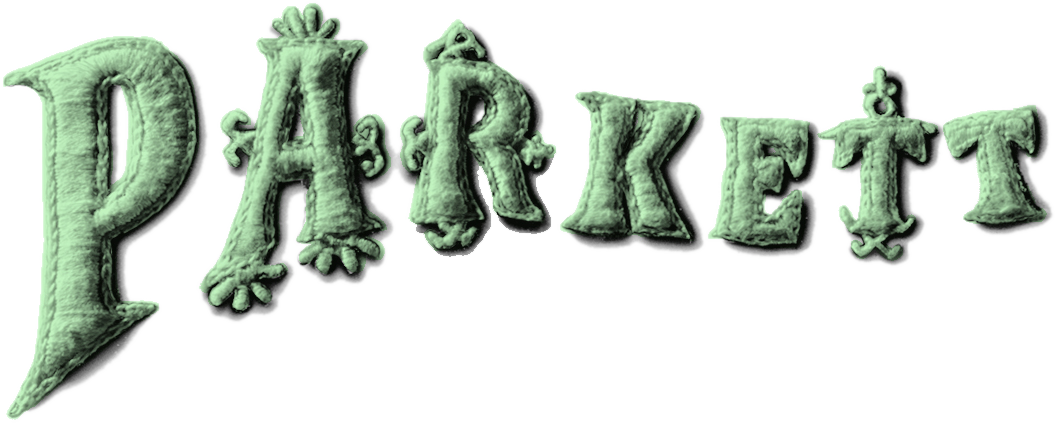Parkett Vol. 36 - 1993 | Stephan Balkenhol, Sophie Calle
Stephan Balkenhol
Read a selected text (PDF)
View edition
Sophie Calle
Read a selected text (PDF)
View edition
Insert: Richmond Burton (PDF)
Spine: Jean-Jacques Rullier
Cumulus:
“Nobody Wants to See a Movie with Madonna in It” by David Rimanelli (PDF)
A portrait of the transformation of Berlin after the fall of the wall by Christoph Tannert
Miscellaneous:
Eva Hesse by Ursula Panhans-Bühler (PDF)
Out of print. To inquire about sold out books, contact us
Browse Selected Texts and more on the Collaboration Artists
Artist Insert
Editorial
Mondrian sighted in front of Matisse at MOMA As if it had suddenly stepped off the wall of the museum, a Mondrian—in the form of a coat worn by a woman—strolls through the Matisse exhibition at MOMA (the classic art event of the past winter):
Thus does Mondrian steal his way into the show of his colleague. We are reminded of Sophie Calle’s GHOSTS (1991/92), appearing in the same museum at the exhibition DisLocations. The artist asked the entire museum staff—from director to guards and cleaners—for descriptions of paintings that she had removed from the walls. Through the commentaries thus garnered, she professed her interest in personal connotations, in recollection and perception on the opposite shore of art history.
Both Sophie Calle and Stephan Balkenhol—our collaborating artists in this issue—develop their works as if to bring the outside world into art through the emphatic yet impassive involvement of other human beings. However one might say that the focus of Calle’s interest is actually that terrain which Balkenhol assiduously avoids.
Take dress, for instance: Balkenhol, though lovingly typifying the individuality of his figures’ garb, seeks utmost simplicity and ordinariness; Calle, on the other hand, pays meticulous attention to detail. Her edition for Parkett represents the first of the tastefully selected articles of clothing that she has been sending to a badly dressed but attractive man whose image she intends to remold according to her fantasy.
People, animals, and mythical beasts populate Stephan Balkenhol’s world of figures—but no children as the sculptures themselves might be regarded as an implementation of the child’s gaze upon the elementary. This resembles the “tactile gaze” that Joseph Grigely introduces in reference to Sophie Calle’s work THE BLIND. Here it has become an act of liberation from the burden of lost innocence, as in Sophie Calle’s “wedding picture” on the preceding page which enacts the rite de passage on a higher level.
The Insert is by Richmond Burton.
Table of Content
Trickster Eva Hesse by Ursula Panhans-Bühler
Clockwork (Jon Kessler) by Douglas Blau
Stephan Balkenhol
Stephan Balkenhol, The Figure as Witness by Neal Benezera
As Time goes by by Vik Muniz
Autonomous People by Max Katz
57 Penguins by Jean-Christophe Ammann
Sophie Calle
Sophie Calle’s Uncertainty Principle by Luc Sante
Postcards to Sophie Calle by Joseph Grigely
The Hpyerfiction of Life and Death by Patrick Frey
Sophie Calle’s and Gregory Shepard’s Double Blind by Robert Beck
Richmond Burton, Insert
Dimensions Variable: Liz Larner by Robert Beck
Rudolf Schwarzkogler by László Földényi
Berlin – Fast Forward, Cumulus from Europe by Christoph Tannert
Nobody Wants to See a Movie with Madonna in It, Cumulus from America by David Rimanelli
The Applied Art of Animal Breeding by Alexander Popper




